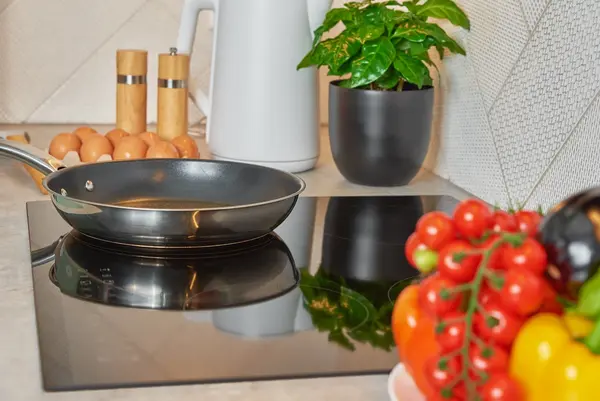Kitchen
Step-by-Step Guide to Cleaning a Glass Stovetop

A glass stovetop adds elegance to any kitchen, but keeping it spotless requires the right techniques. Using gentle cleaning solutions prevents scratches while removing tough stains. This guide will help you maintain a streak-free and polished surface.
Essential Tools and Safe Cleaning Products
Before starting, gather the right tools. Use baking soda for gentle stain removal and white vinegar for cutting grease. Dish soap works well for daily cleaning, while specialized glass stovetop cleaners tackle stubborn spots. A microfiber cloth, plastic scraper, and spray bottle will also help. Avoid abrasive cleaners, ammonia-based products, and rough scrubbers, as they can damage the glass.
Daily Maintenance Tips for a Sparkling Surface
After each use, let the stovetop cool before cleaning. Spray a vinegar solution and wipe with a microfiber cloth to remove residue. For spills, use a damp cloth and mild dish soap. Always dry the surface to prevent water spots. Prevent scratches by lifting cookware instead of sliding it and using flat-bottomed pots for even heat distribution.
Deep Cleaning Methods for Stubborn Stains
For tough stains, sprinkle baking soda on the surface and cover it with a warm, damp cloth. Let it sit for 15 minutes before gently scrubbing. A vinegar spray also helps break down grease and discoloration. For burnt-on food, create a baking soda paste, let it sit for 30 minutes, then scrub with a soft sponge.
Final Touches for a Perfect Shine
To tackle cloudiness, use a baking soda paste and buff with a soft cloth. Commercial stovetop cleaners can also provide a polished look. If needed, a razor blade can remove stubborn residue, but always use it carefully.
With consistent care, your stovetop will remain spotless and scratch-free. For more home cleaning tips, explore our latest articles on this website.
